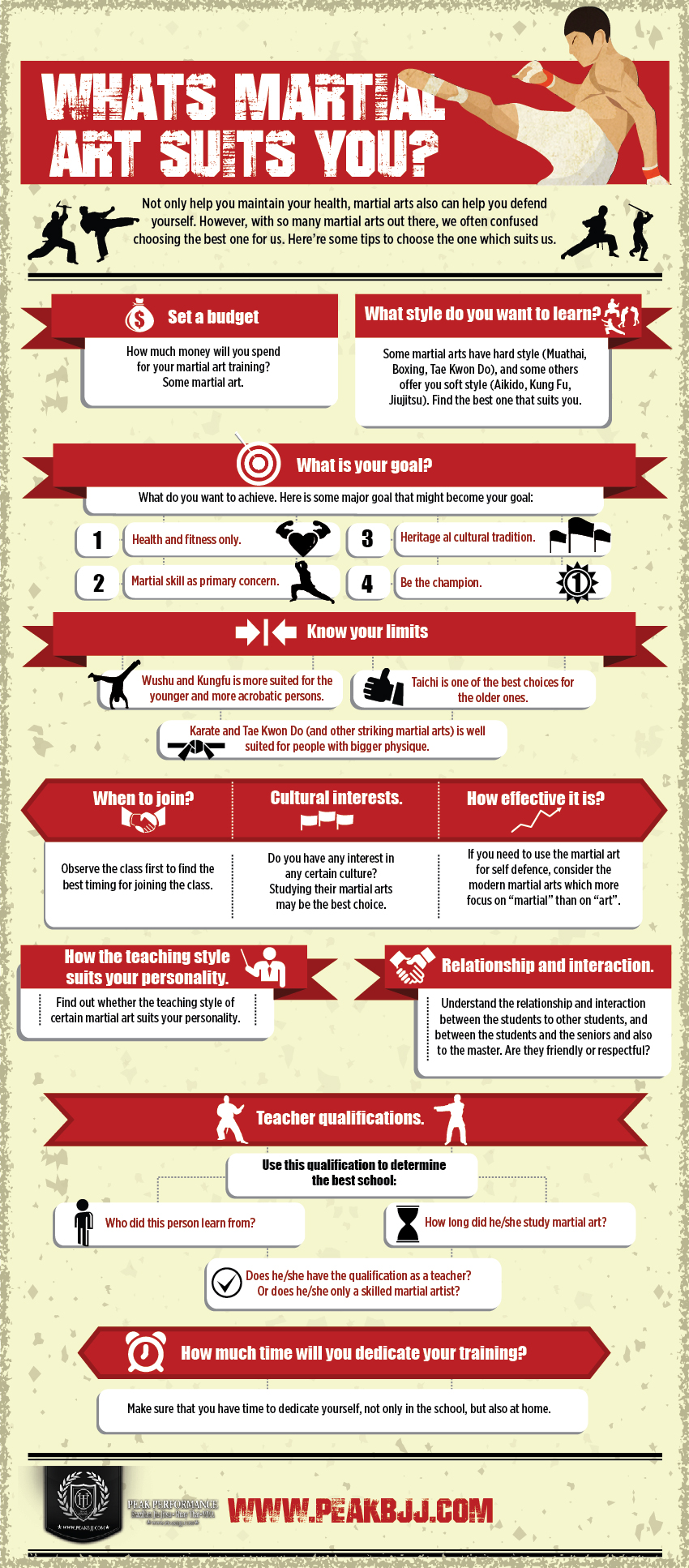Taekwondo Forms: Comprehending The Basics And Their Importance
Taekwondo Forms: Comprehending The Basics And Their Importance
Blog Article
Material Produce By-Holland Westergaard
Did you know that there are over 20 various taekwondo types, each with its own special series of movements and methods? These types, additionally referred to as poomsae, play an important role in the technique and advancement of taekwondo specialists.
However exactly what are these types, and why are they so considerable? In what is judo martial arts , we will discover the basics of taekwondo forms, their beginnings, and the key elements that make them an indispensable part of this fighting style.
Whether you're a newbie or an experienced expert, recognizing the value of taekwondo forms will grow your recognition for this ancient method and enhance your trip towards proficiency.
Origins and Evolution
The origins and evolution of Taekwondo can be mapped back to ancient martial arts techniques in Korea. It was developed over 2,000 years earlier and has given that turned into a preferred and worldwide acknowledged sport.
Taekwondo was greatly influenced by different Korean fighting styles styles, such as Taekkyon and Subak, along with Chinese martial arts. It was at first utilized as a means of self-defense, yet over time, it progressed into an affordable sporting activity that focuses on striking techniques and high kicks.
In the 20th century, Taekwondo went through a considerable makeover and was standardized right into its contemporary form. The Korea Taekwondo Organization played an essential function in this procedure, aiding to establish guidelines, methods, and develops that are still complied with today.
Key Elements and Methods
Currently let's check out the essential elements and methods of Taekwondo. To fully understand the key elements and techniques, it is necessary to dig deeper into the complying with subtopics:
- Stances: Taekwondo emphasizes the correct use of stances, such as the front stance, back stance, and equine stance. These stances provide stability, balance, and power in performing numerous techniques.
- Strikes and Kicks: Taekwondo is renowned for its effective and vibrant kicks, including the front kick, roundhouse kick, and side kick. Strikes, such as strikes and knifehand strikes, are additionally necessary methods in Taekwondo.
- Blocks and Protection: Reliable defense is critical in Taekwondo. Blocks, such as the high block and low block, are used to protect versus inbound strikes. Appropriate timing and positioning are crucial to effectively protecting oneself.
Benefits and Influence
Among the considerable benefits of exercising Taekwondo is the improvement of physical conditioning and total health. By engaging in mouse click the following web page , you can improve your cardio wellness, stamina, adaptability, and endurance. click the up coming website entails a selection of motions that target different muscle groups, assisting you build a strong and toned physique.
Additionally, this martial art advertises psychological wellness by lowering stress and stress and anxiety degrees. The technique and emphasis required in practicing Taekwondo can assist improve your concentration and improve your capacity to manage difficult scenarios.
Furthermore, the technique of Taekwondo imparts a sense of self-confidence, self-discipline, and self-constraint, which can favorably affect numerous locations of your life. Overall, exercising Taekwondo can cause a much healthier and a lot more balanced lifestyle.
Conclusion
So there you have it! Taekwondo kinds aren't just simple regimens, but a representation of the abundant history and advancement of this fighting style. By understanding the crucial elements and methods, specialists can enjoy countless physical and mental benefits.
From raised flexibility and strength to enhanced focus and self-control, taekwondo kinds have an enduring impact on those who practice them.
So, whether you're a novice or a knowledgeable martial musician, welcome the power of these kinds and let them take you on a trip via time.
